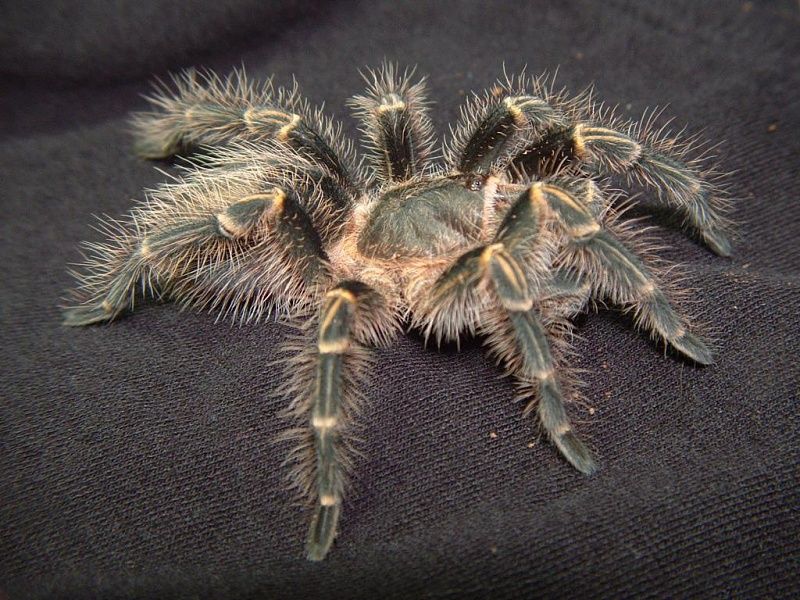CitizenNumber9
Arachnobaron
- Joined
- Nov 25, 2013
- Messages
- 324
I thought it was pretty and good for her to climb on .-. After a lot of reading I realized how big of a mistake that was....Why is there a pine cone in the enclosure???
---------- Post added 11-26-2013 at 12:06 PM ----------
If that's true I guess I may end up getting the book after all :/One of the first things one learns on AB is that you can pretty much toss caresheets out of window.
---------- Post added 11-26-2013 at 12:08 PM ----------
I think they are beautifulYes, Chaco Golden Knee. Great spiders! Big, beautiful, hardy, calm, and eat like there's no tomorrow. Very easy to keep. Newly hatched slings are tiny (like 1/4") so you probably want to get one an inch or bigger. They produce a lot of eggs in a sac, and are available from a number of sources. Can't go wrong with one of these.


